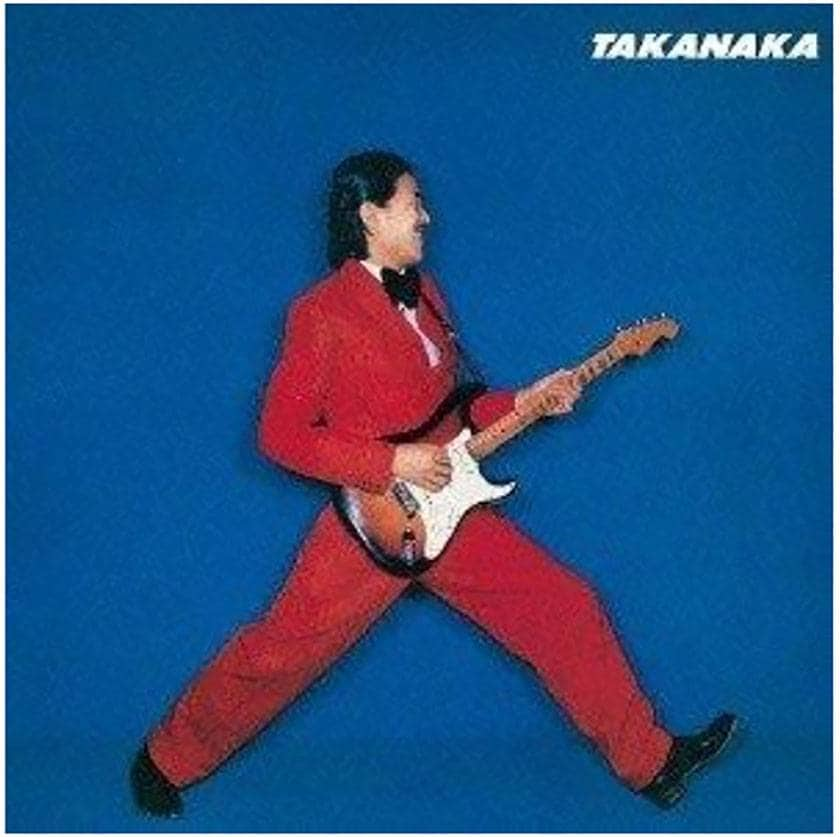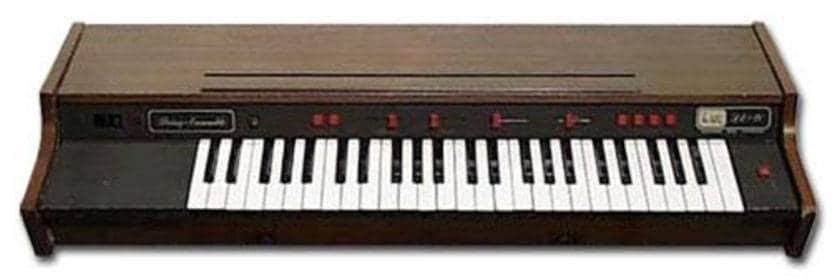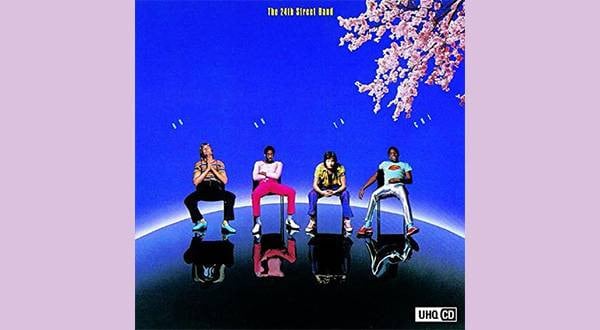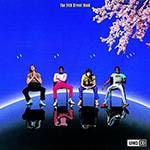Top drummer Shuichi Murakami Ponta participated... The wonderful synth solo on Takanaka's second album!
There is a story before Miki's first album that goes like this. The story of Shuichi Murakami, a drummer. Murakami Ponta is one of my favorite drummers. I became aware of Ponta decades ago when I was 17. It was when I listened to Masayoshi Takanaka's second album.
I think this album is Takanaka’s best. There is a song called "Summer Breeze" which is the first song on this album (it's a wonderful song!). The drumming on “Summer Breeze”… especially the hi-hat work is wonderful. If you hit the hi-hat when it is open and then close the hi-hat at that moment, you will hear a "snap" sound (Sorry! If you are a drummer, this word may not be the correct expression). Especially this hat work is one of Ponta's specialties. It is effective for syncopated songs and emphasizes the back part of the rhythm. This 17-year-old boy became conscious of the instrument called the drums for the first time.

The second album from guitarist Takanaka. In fact, it’s a treasure trove of synthesizer solos!
The story has gone awry... Of course, the hi-hat snap is lovely, but this album is a treasure trove of synthesizer solos! The representative solo is also included in "Summer Breeze". In addition to the keyboard instruments, the saxophone solos are also wonderful! In that sense, this album consciously directs the solo space of each player, and the ingenuity of the young players at that time is bursting at the seams. It is a must-listen record where you can listen to the sounds of the players who support the subsequent Japanese jazz and fusion movements.
Recommended song: "Summer Breeze"
Summer Breeze begins with the sound of thunder from the Minimoog at the very beginning. After that, the ARP Odyssey (synth) fades into the distant thunder? The sound of the Solina's strings reminiscent of the end of the rainy season is included in the sample and holds the sound. The MXR Phaser is applied to the Solina, and it is a very pleasant intro. The phrase is the song's texture, and it will be covered and it will be a big unison tournament. I think this intro is a masterpiece among intros. It is full of playfulness and imagination. At the end of the song, a wonderful solo reminiscent of festival music by Jun Fukamachi's Minimoog unfolds. The synthesizer-like solo that makes good use of the Minimoog bend and modulation wheels is reminiscent of Fukamachi's playing ability and imagination.

Solina String Ensemble
The Solina was a substitute for polyphonic (chord) synths
In the 1970s, synthesizers were instruments that could only produce single notes. The Solina made up for that. The Solina String Ensemble is an instrument sold by Arp. It was able to produce the sound of violin strings without limit, and the sound was refreshing. So it was rarely used in progressive rock, which requires some kind of darkness, and Prog players used the Mellotron (I'll talk about this at another time). In the 1980s, polyphonic synthesizers became widespread and ended their role. At that time, the Solina (550,000 yen) and Mellotron were not the prices within the reach of students. When I auditioned for Sony, I remember using the Solina that was on site and playing the instrument I had been longing for. After all, it was a good sound (^^ ♪
Recommended song: "Mambo Magic"
You can enjoy a solo relay of 8 bars each by synthesizer players (3 people). Each solo is wonderful. After Naoya Matsuoka's acoustic piano solo...
- A talking modulator is applied to the Minimoog by Jun Fukamachi ♪ ~ After "Mambo, Mambo, Mambo ~", a wonderful solo using a trick where the voice melts and becomes the tone of the Minimoog.
- The next solo is Yu Imai (Sadistics). The soft and gentle synth tone seems to be the Steiner Parker that I used to love, not the Minimoog. At that time, a Steiner Parker synthesizer was sold at an exceptional bargain price of around 200,000 yen at Yamaha in Ikebukuro. As a student, I didn't have the financial resources to buy it, so when I talked to a junior in the rock band club, I remember that the junior bought a Steiner hoodie easily. The junior’s Steiner Parker was making a good noise.
- The third is Hiroshi Sato! A solo of how to capture the rhythm like Mr. Sato. Is Moog the synth used with this square wave for the solo? Mr. Sato's famous solo performances include not only synthesizers but also electric pianos. Listening to this synth solo reminds me of Yoshitaka Minami's wonderful Rose solo in "Tsukiyo no Ban Niwa".
- This is the end of the synthesizer solos, but the soprano saxophone solo after this is also wonderful! The player is Koji Satsuma, a former member of West Road Blues Band. The flowing solo is unique! Satsuma is the best player if you let him solo between songs. Sanborn is also deep blue. In fact, he has a great solo on the Takanaka album, "Lady to Fly". The theme this time was a synthesizer solo, but Satsuma's solo in "Lady to Fly" was so wonderful that I can't help but write about it here. The play on West Road's "Live in Tokyo" is great, but the solo in "Lady to Fly" is the highlight!
Musicians, albums, recommended songs, keyboards used this time
- Artists: Masayoshi Takanaka, Jun Fukamachi, Hiroshi Sato, Yu Imai, Koji Satsuma
- Album: “TAKANAKA”
- Song Title: "Summer Breeze" (Mambo Magic) "Ready to Fly"
- Equipment: Solina String Ensemble, Minimoog, Steiner Parker, ARP Odyssey


























